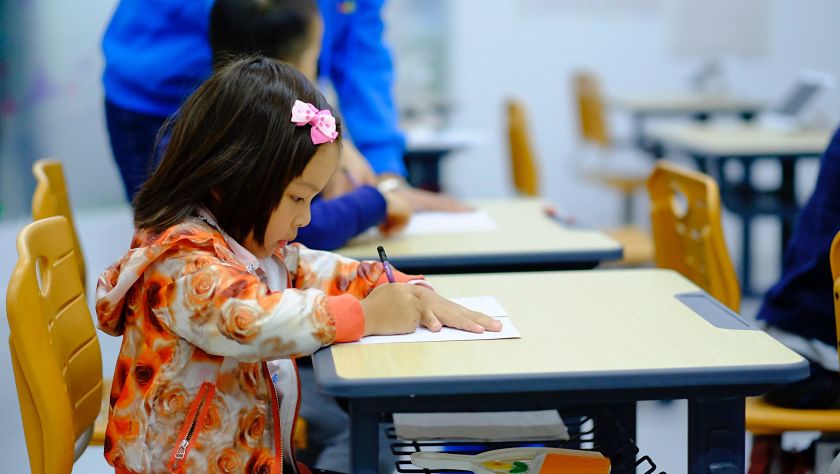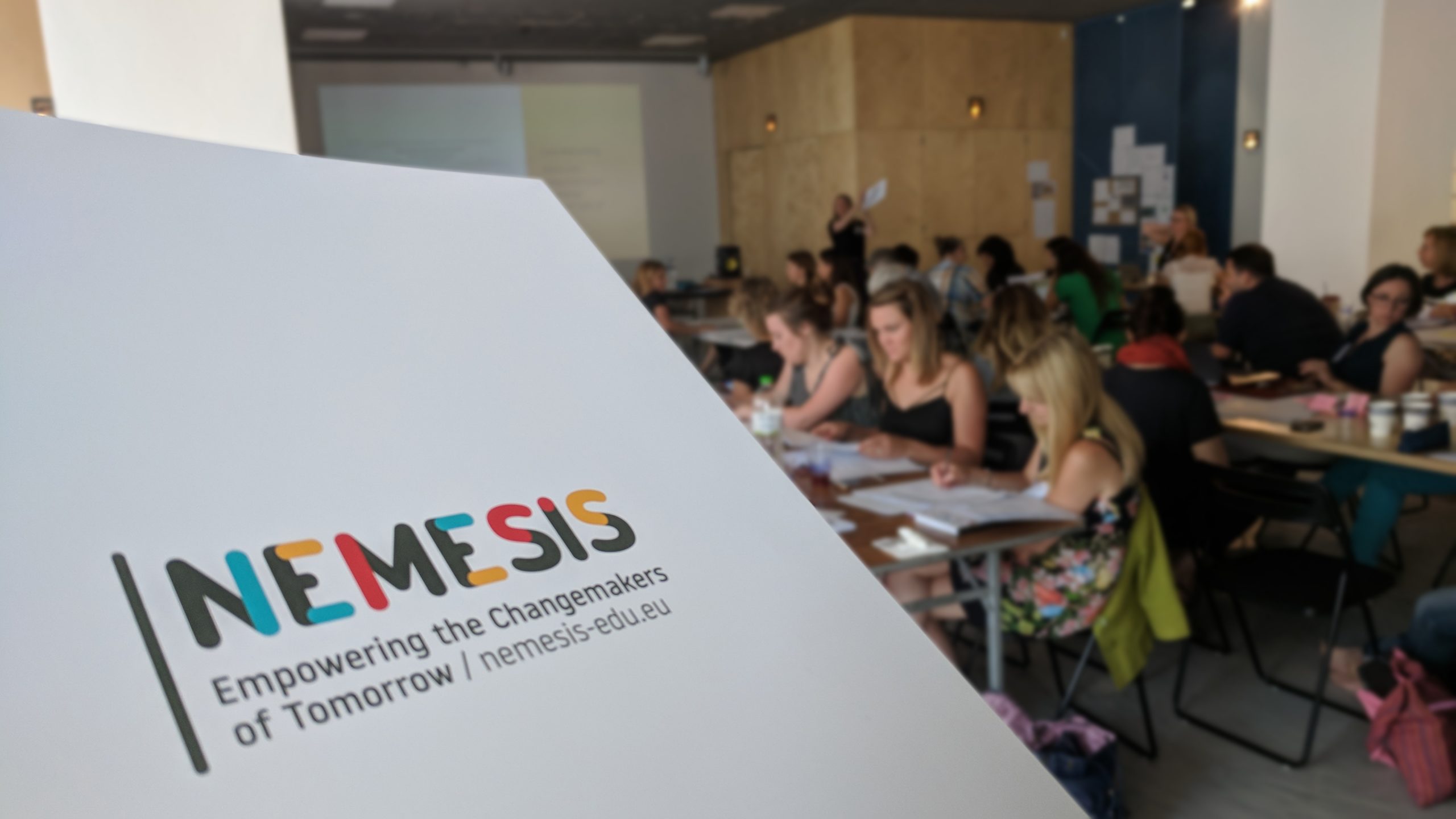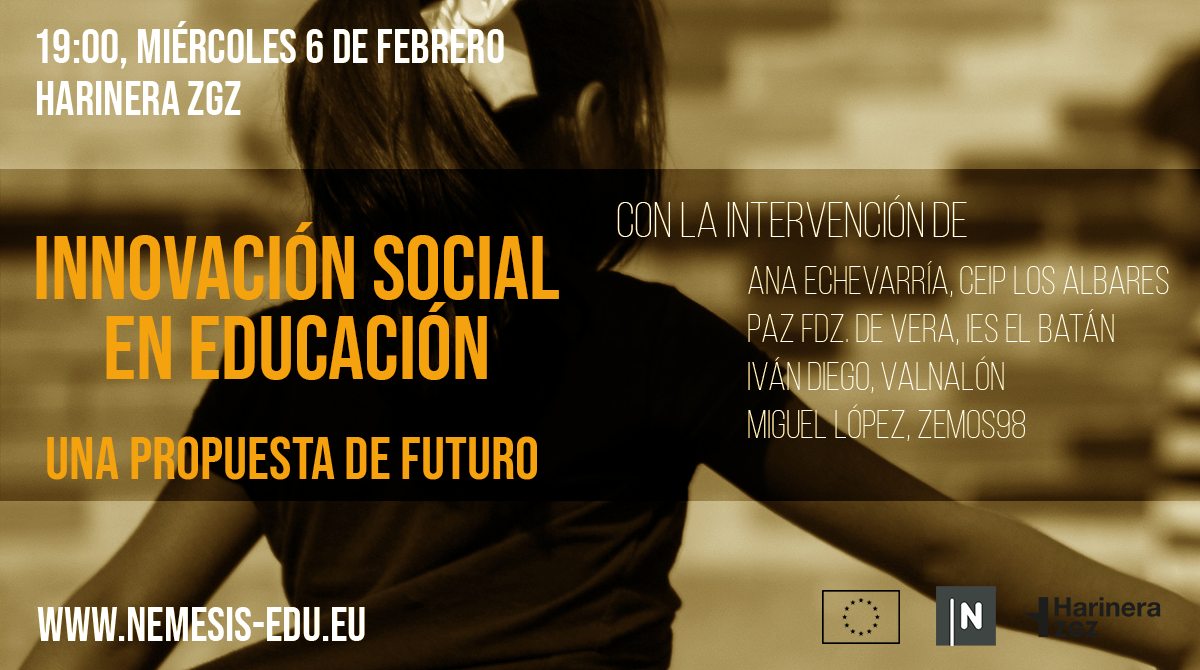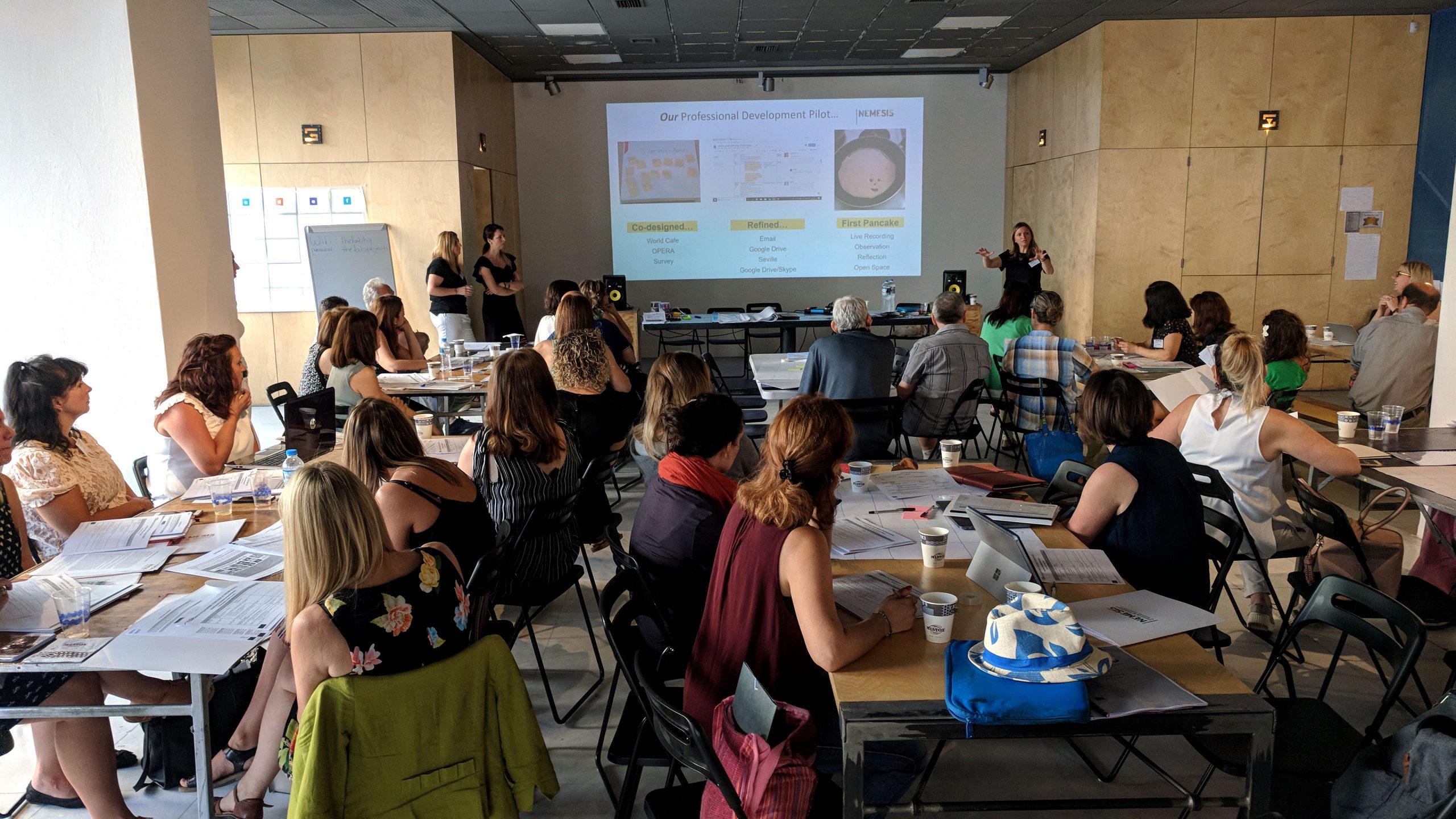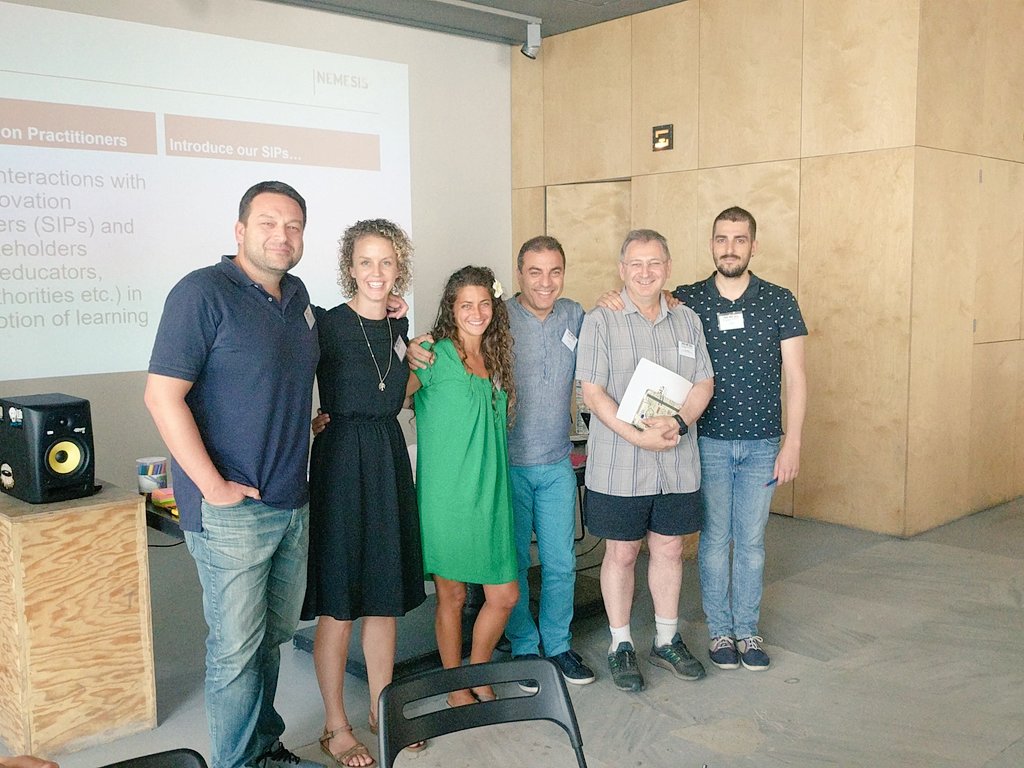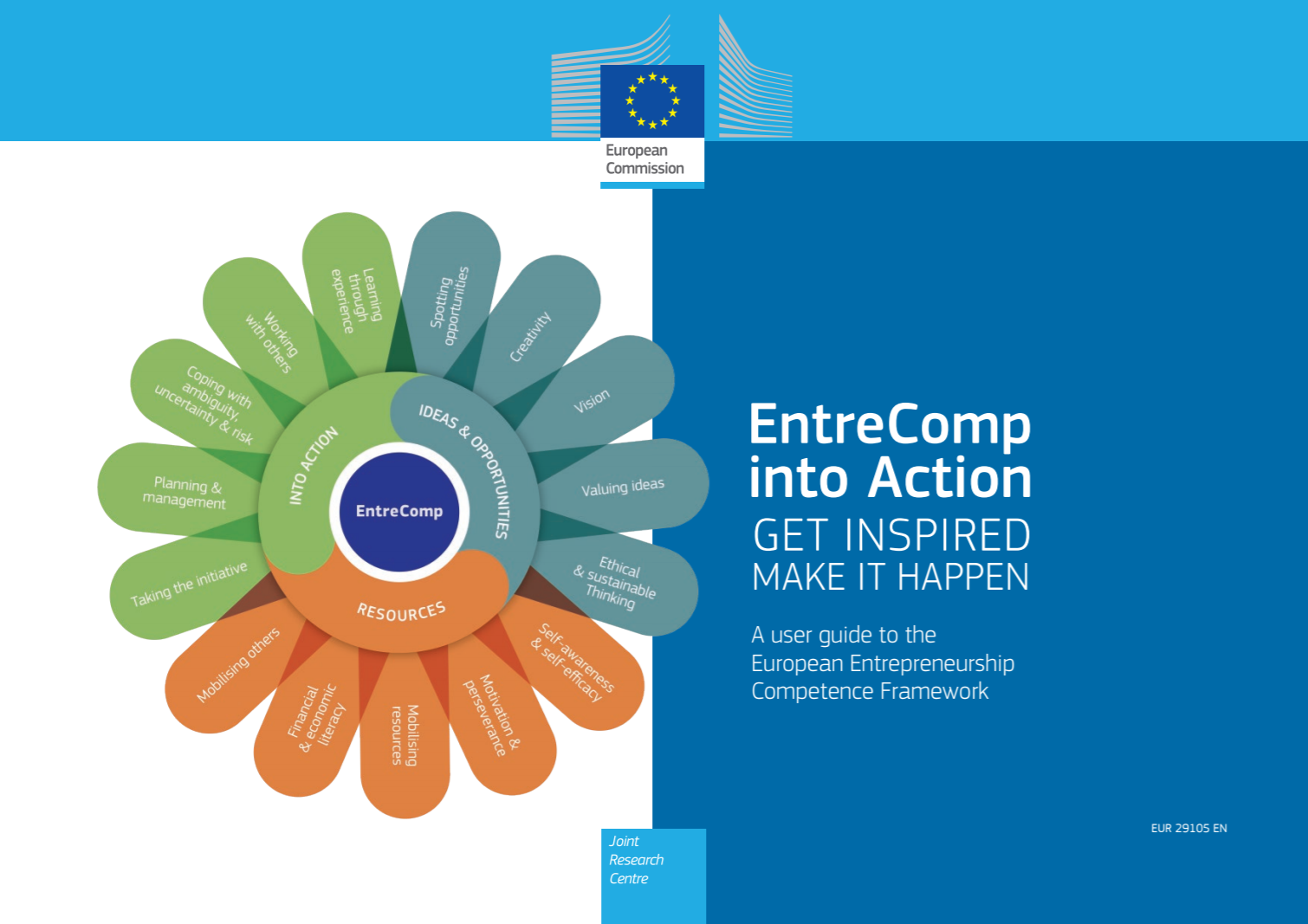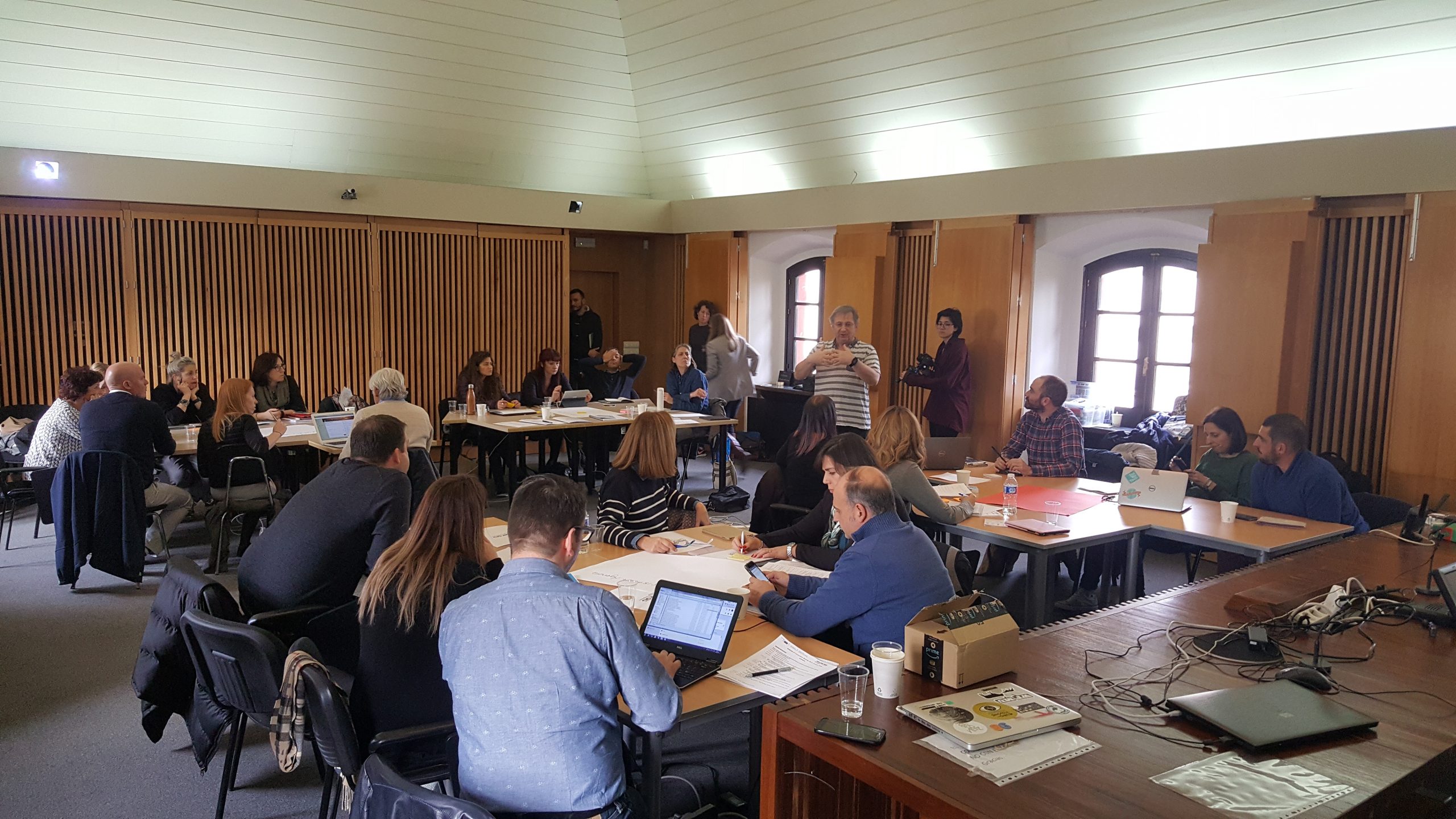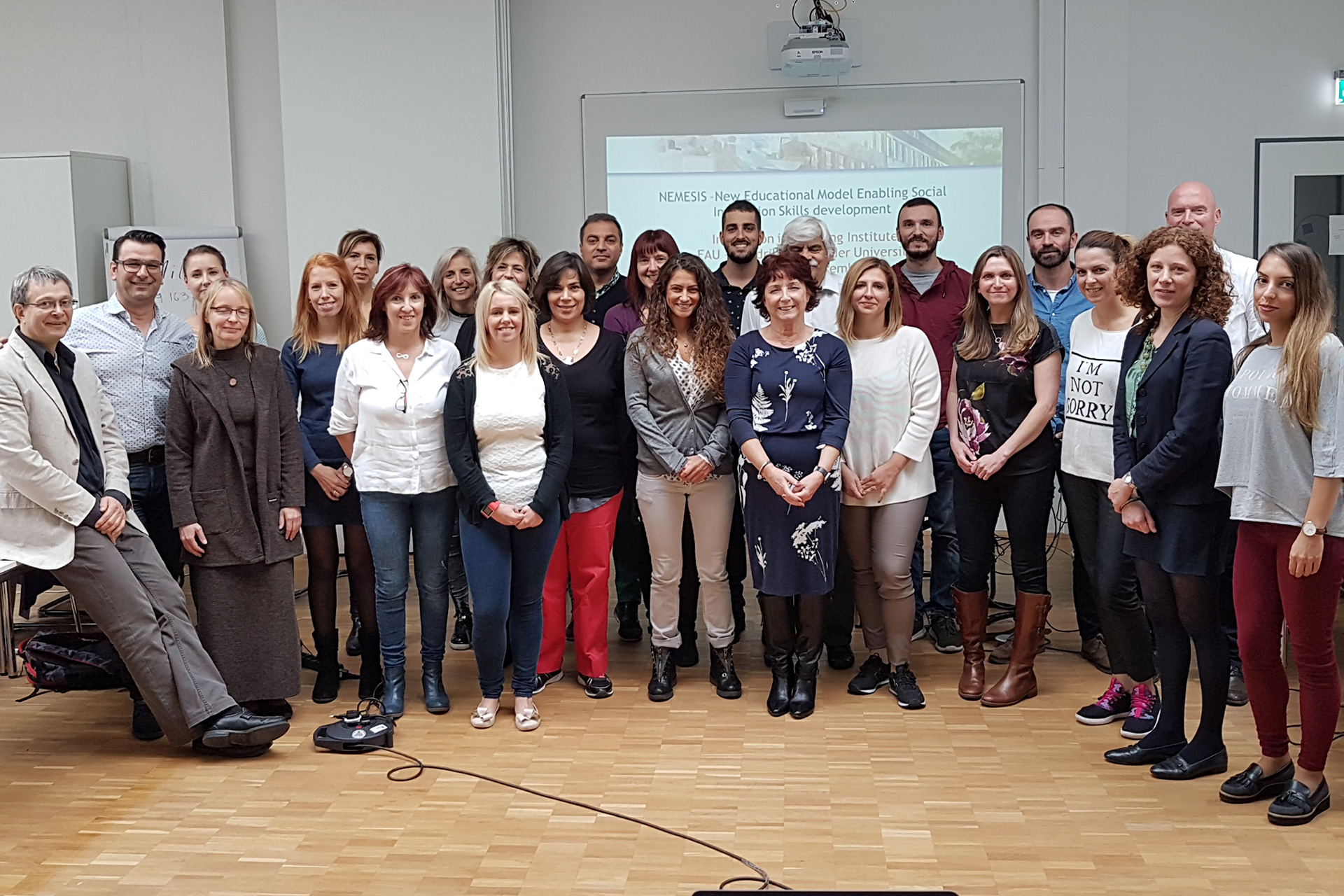Revisiting the NEMESIS philosophy: key messages for the second pilot period
Reaching a wider impact scale in NEMESIS means thoroughly looking back into the principles and structural aspects of its philosophy and redefining and better communicating essential aspects, that were highlighted during the evaluation process, as described below.

Student at the centre
NEMESIS philosophy, that of stepping back and letting students lead the way was something not easily understood by teachers at the beginning. Putting their students at the centre, giving them the autonomy and voice to raise their concerns and letting them be the ones to decide which challenges and areas they like to be involved in was a shift in their instructional style that made things quite difficult. However, as things were progressing, the power dynamics in their class have changed as NEMESIS affected the way they were working. And ultimately, they wanted to do even more of that, not only letting their students decide but also creating stronger intergenerational relations by bringing more external people in the class to collaborate with them.
Involvement of external stakeholders
Despite the beneficial relations that were formed between students, SIPs and external stakeholders, co-creation was not an easy take from the beginning of the co-creation labs. Although most schools are used in inviting external people in the classroom to present their work, they are not used in involving them in co-creation activities. This was evident as in some schools SIPs were initially treated as “invited speakers” whereas their role is simply that of a mentor. It does not have to be someone that will come from the same field that their projects are looking into but it has to be someone who will inspire them, who will light up their imagination and who students can look up to, someone who will guide and support them in their decisions and will help them unravel their thoughts and put them into action. Hence their role is essential for creating long-lasting relations with their communities and help schools towards creating an engaging environment where they will redefine their role and be transformed into open communities of learning.
Parents involvement
The engagement and involvement of parents in the co-creation process was critical as they could easily reflect upon the effect that NEMESIS had on their child’s behavior, attitude and beliefs and thus understand their capacities better. They felt they were part of a process that they have never experienced before the introduction of NEMESIS. The need to be more involved and work together with their children was strongly highlighted as a good opportunity for family bonding and for building a better and stronger relationship with the school and teachers.
Teacher professional development
Bringing schools together and training them in the NEMESIS process is of crucial importance as educators appreciate the idea of having a structure, a scaffold and clear stages that they can work on.
Interaction with schools implementing NEMESIS
SIE is not only about interacting and working with social innovation practitioners or any other extremal stakeholder but it also about encouraging schools from different countries implementing the NEMESIS model to collaborate and share their experiences and learn from each other; open a channel of communication and exchange and promote the work they do, building thus a Community of Practice, a NEMESIS school network. This, in turn, will enable them to feel that they are part of a wider community and will thus impact on many more children, schools and whole communities across Europe.
Process than results-oriented
NEMESIS is very much about the process, not just the outcome. It is not so much about the results, but it is rather about putting students in situations where they understand a problem, they pose questions and collaboratively work on the solution they would like to build. Teachers shall then bring in their expertise and together with them and other stakeholders they would make students understand that even if something is not working at the end, they are still capable of acting on things.


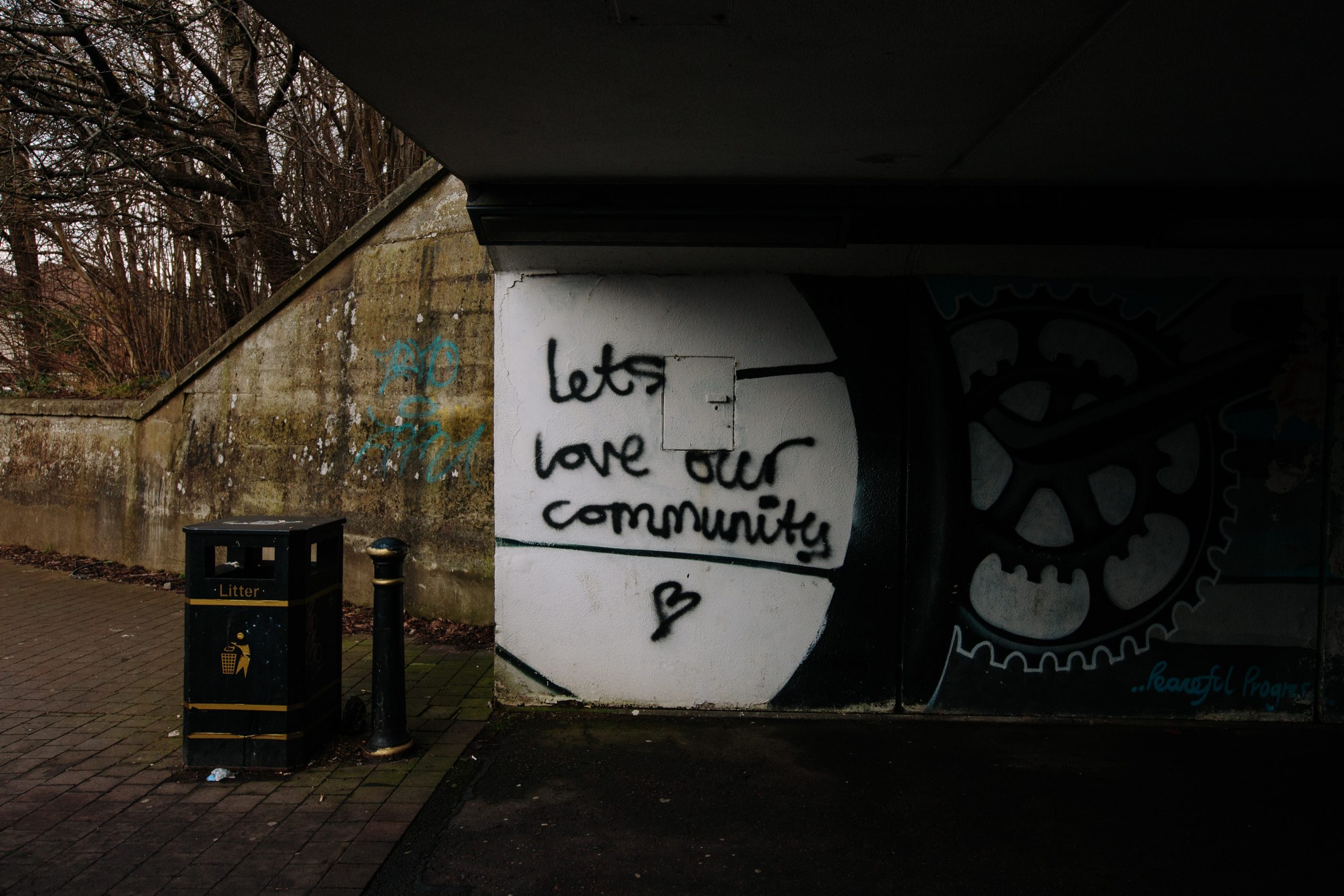






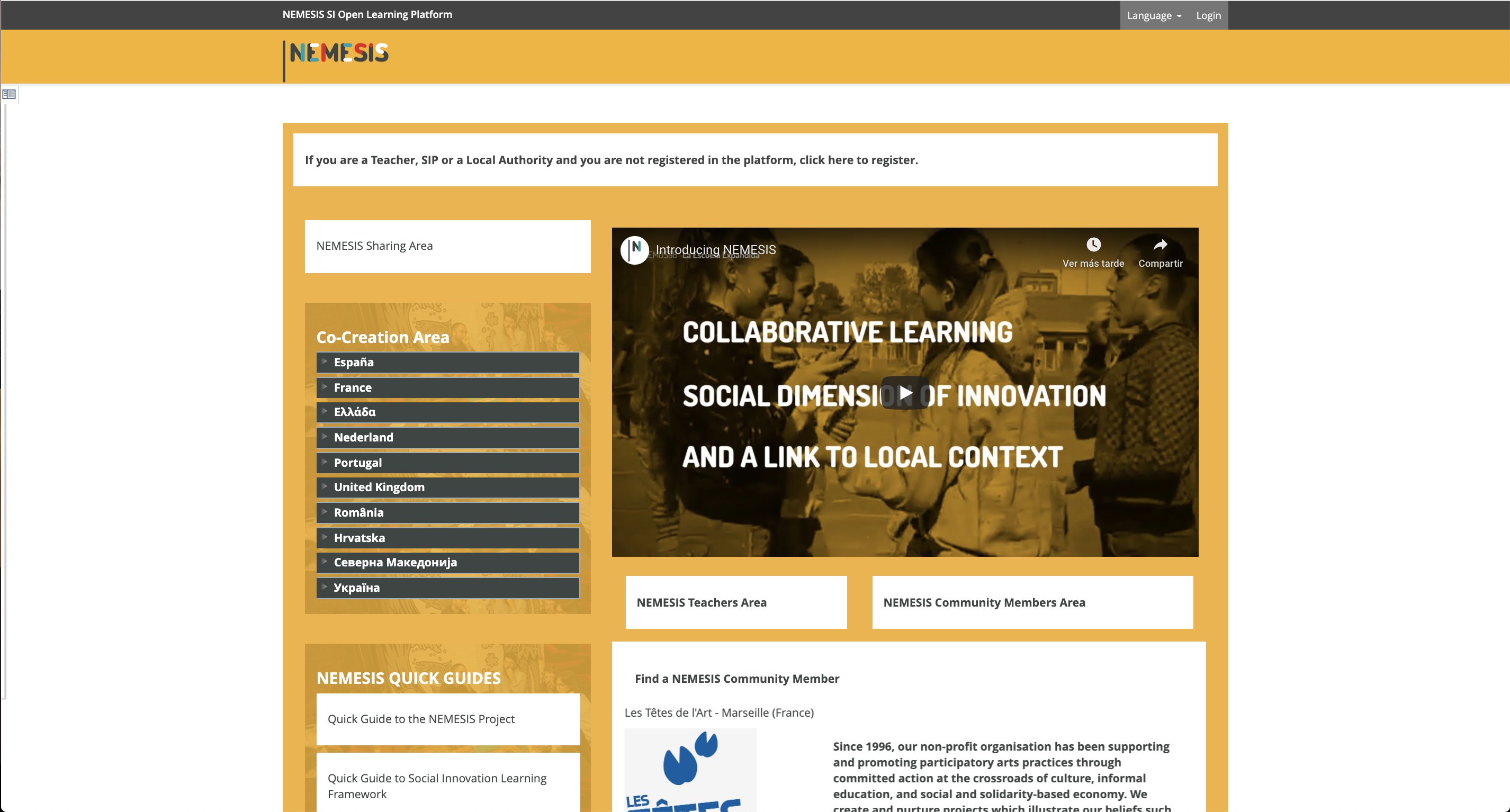



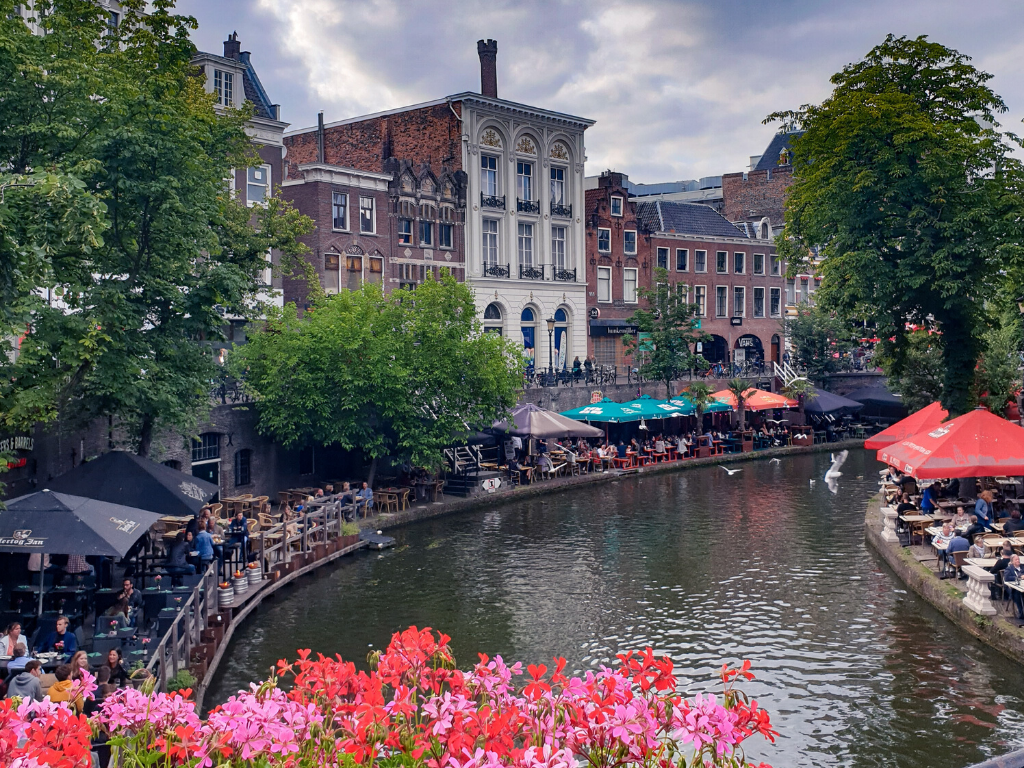


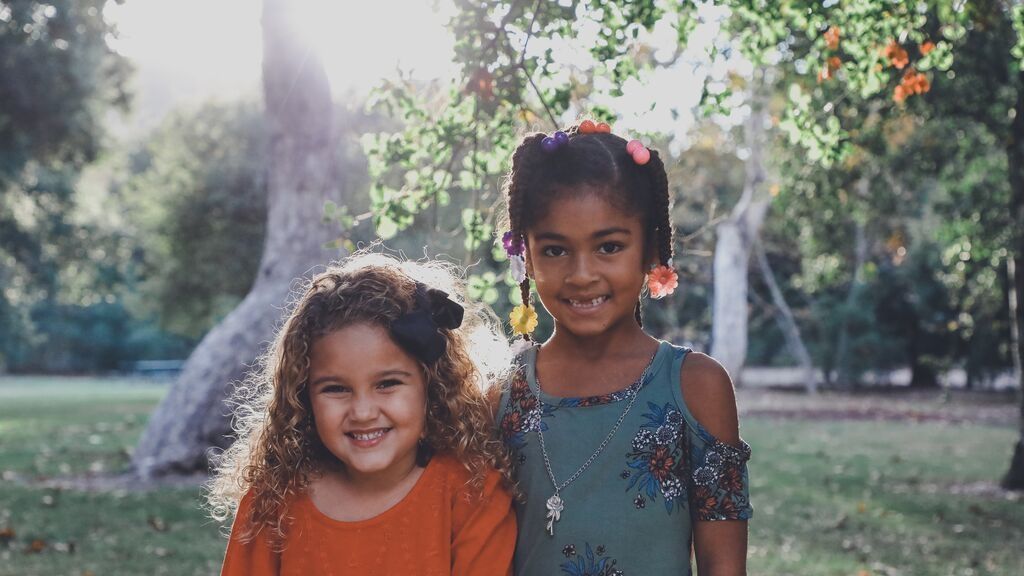

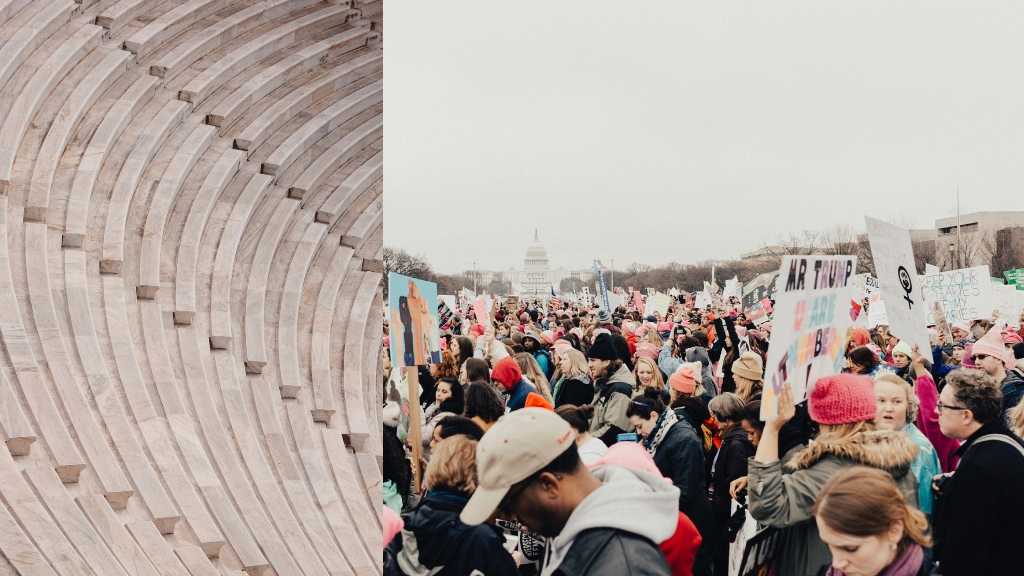


 As such, the competences and values we envision in NEMESIS include self-efficacy and social communication skills but also temper them with empathy and the embracing of diversity and democratic decision-making. Our model promotes problem-solving skills and resource mobilization abilities, but also pairs them with reflective learning and social resilience. In its ethical core, NEMESIS aims to encourage the development of collective capacities for taking innovative actions inspired by key values, such as equality, respect, generosity, trust and altruism. When such results become evident through our collective efforts in the NEMESIS project, we will know that our tree is blooming and is about to bear fruits. Youth activism goes beyond charitable and voluntary work for the community, it aims at influencing policy and institutional practices for the promotion of social justice.
As such, the competences and values we envision in NEMESIS include self-efficacy and social communication skills but also temper them with empathy and the embracing of diversity and democratic decision-making. Our model promotes problem-solving skills and resource mobilization abilities, but also pairs them with reflective learning and social resilience. In its ethical core, NEMESIS aims to encourage the development of collective capacities for taking innovative actions inspired by key values, such as equality, respect, generosity, trust and altruism. When such results become evident through our collective efforts in the NEMESIS project, we will know that our tree is blooming and is about to bear fruits. Youth activism goes beyond charitable and voluntary work for the community, it aims at influencing policy and institutional practices for the promotion of social justice.